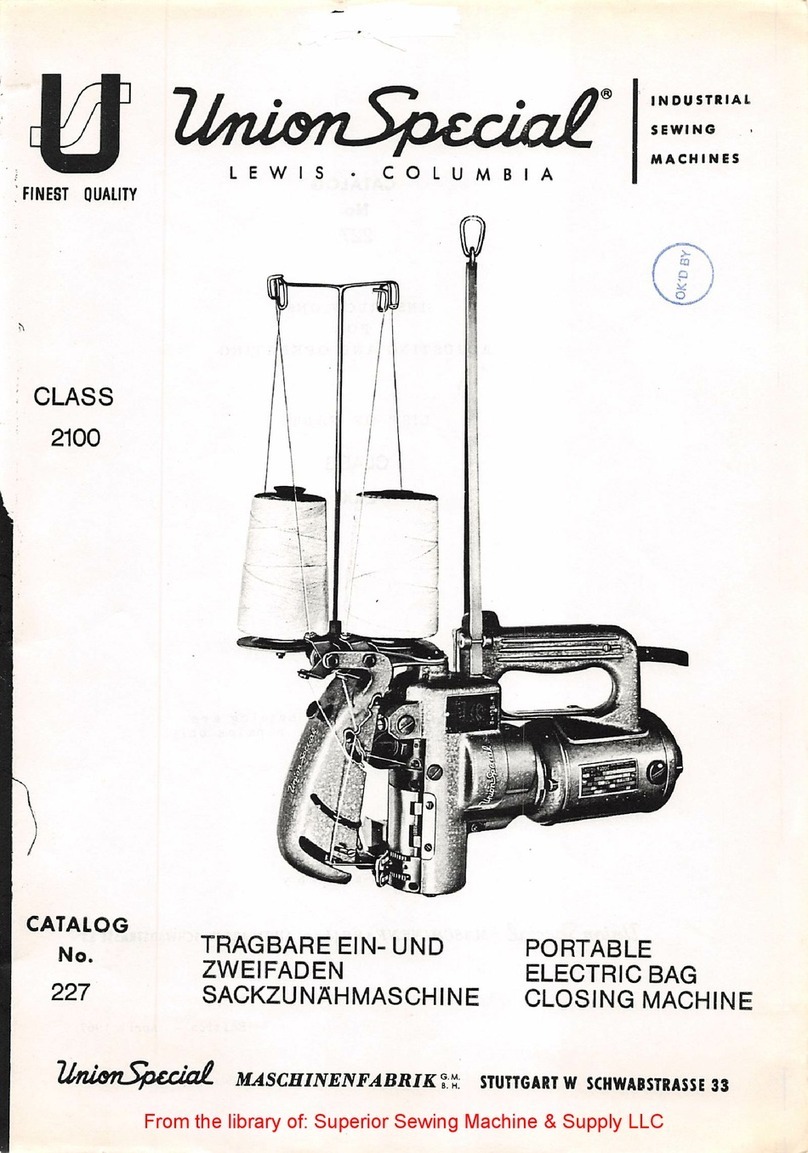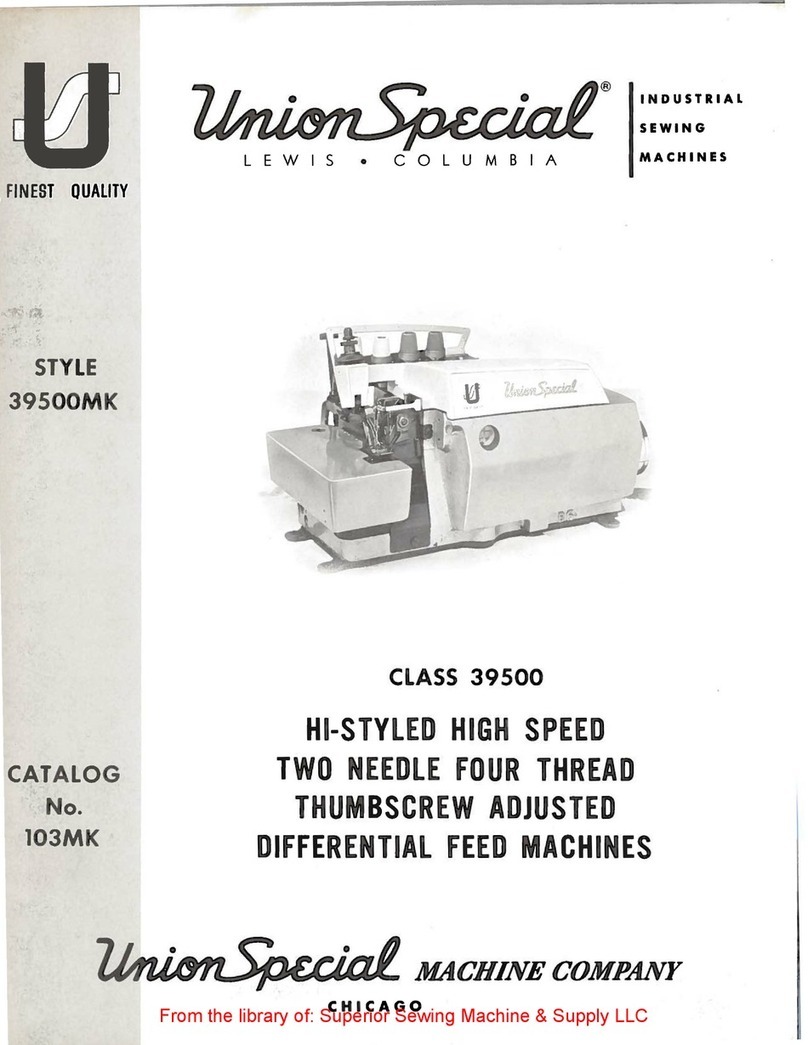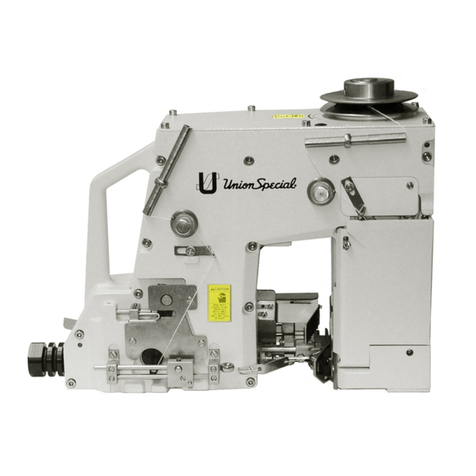UnionSpecial 39500PA Setup guide
Other UnionSpecial Sewing Machine manuals

UnionSpecial
UnionSpecial Advanced 56100 Series User manual
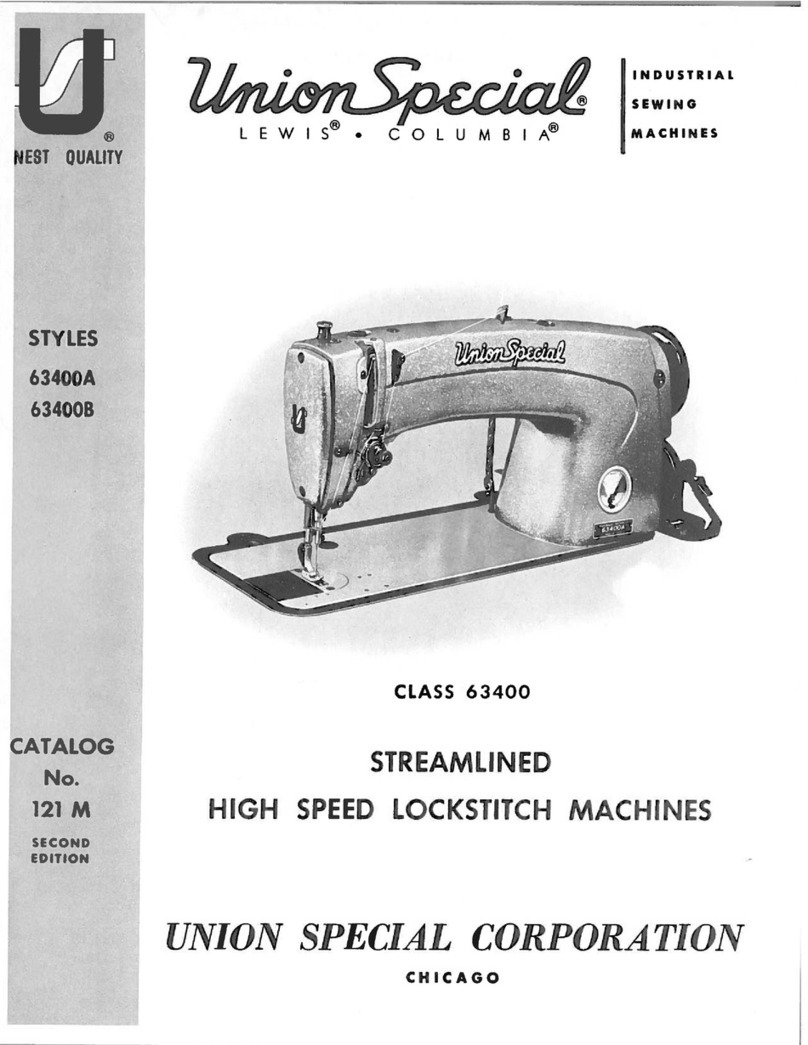
UnionSpecial
UnionSpecial 63400 Series Instruction sheet
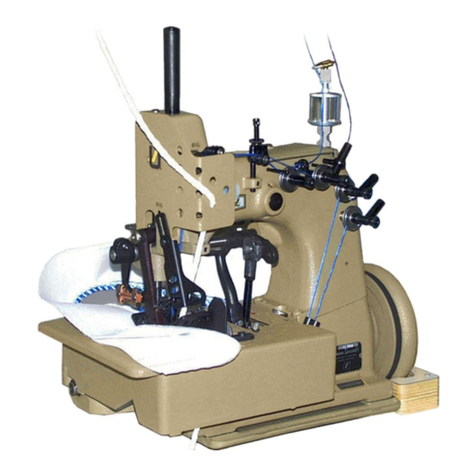
UnionSpecial
UnionSpecial G230A-GR Setup guide
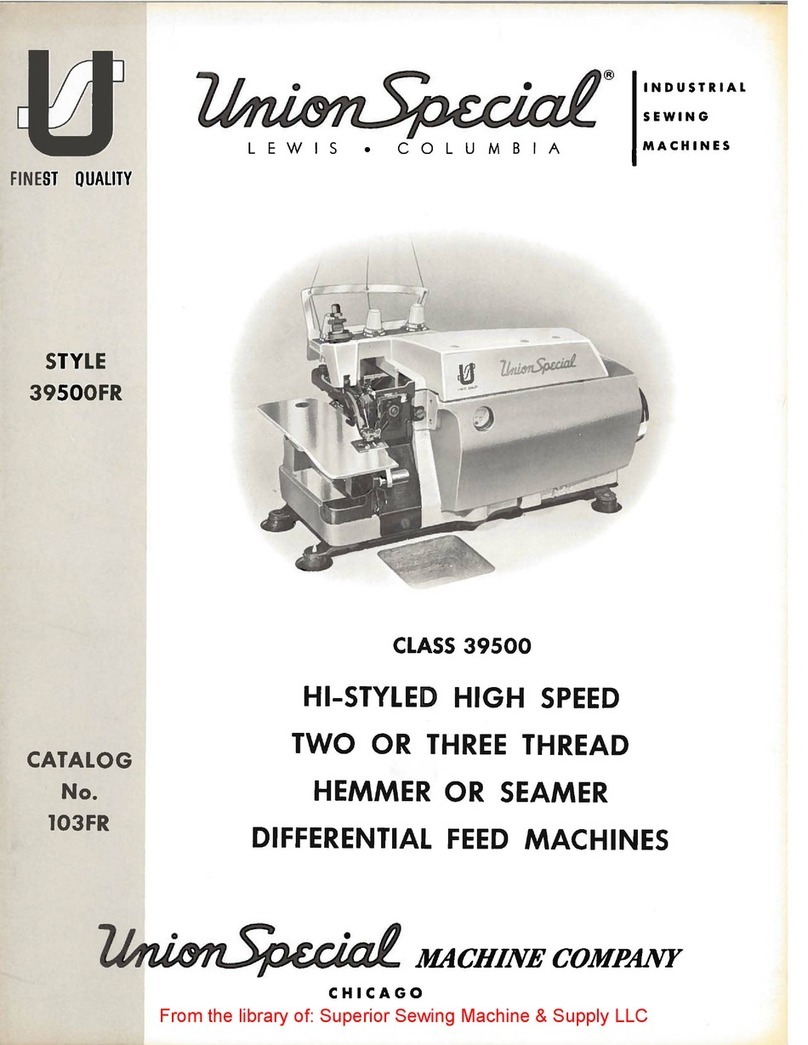
UnionSpecial
UnionSpecial 39500FR User manual
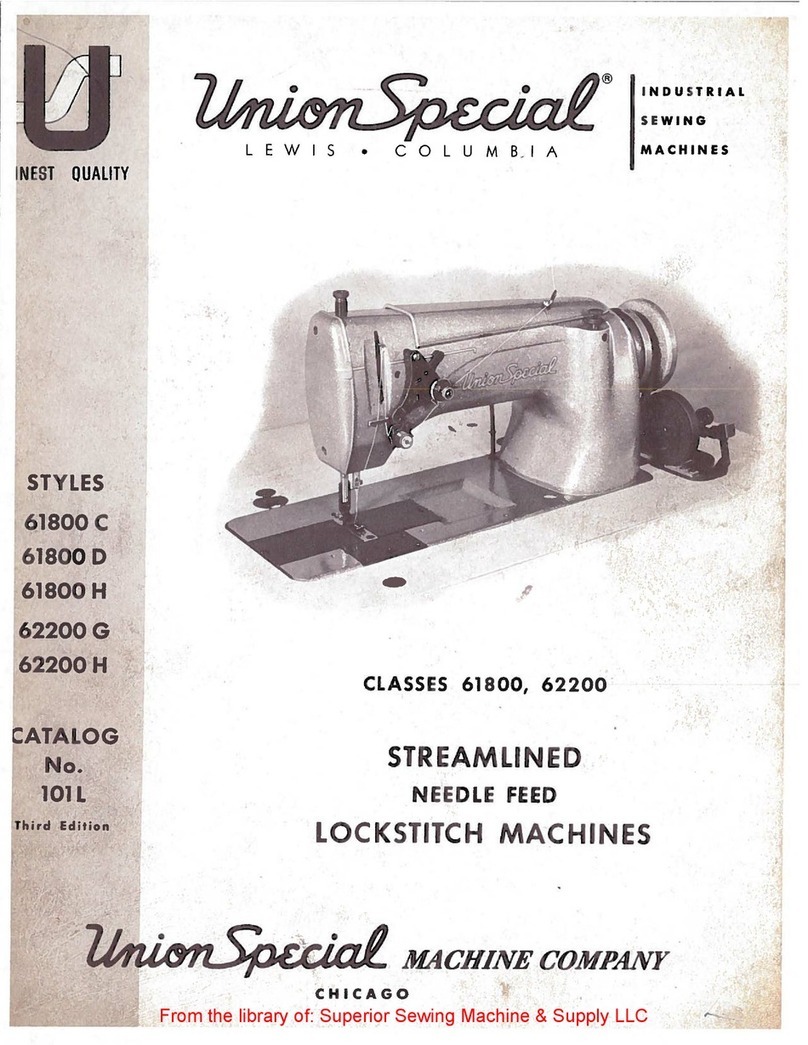
UnionSpecial
UnionSpecial 61800 Series Instruction sheet
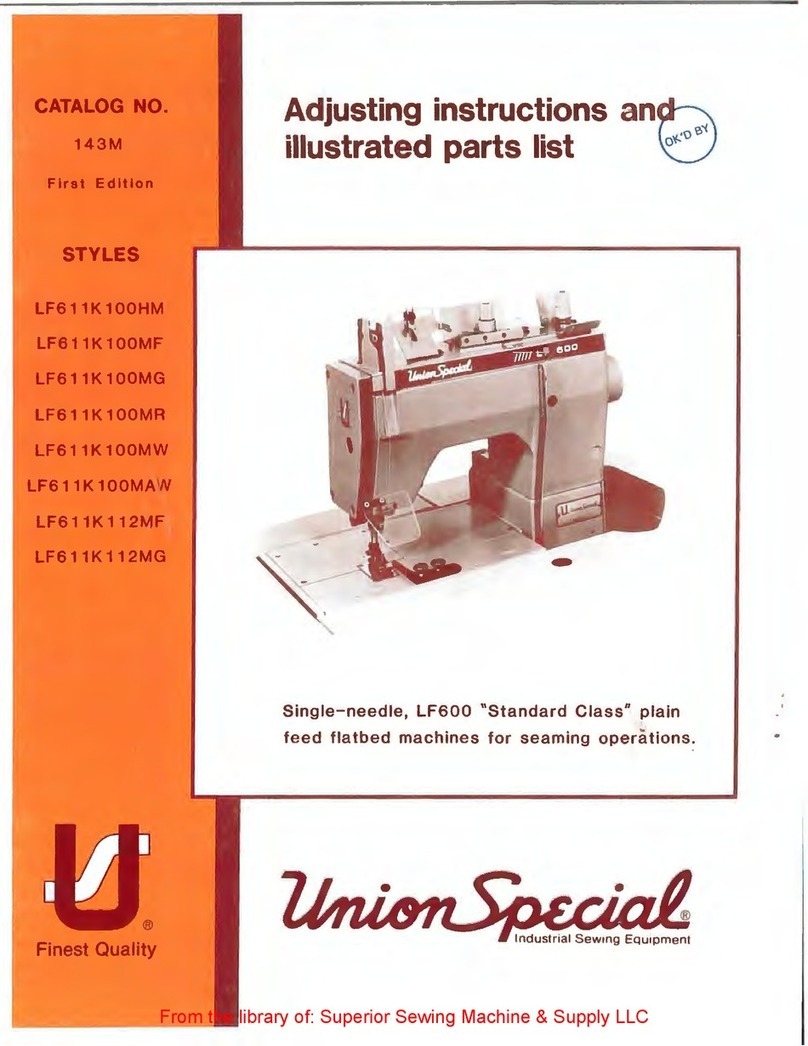
UnionSpecial
UnionSpecial LF611K 100HM Setup guide
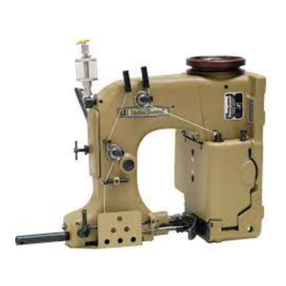
UnionSpecial
UnionSpecial 80800R Setup guide
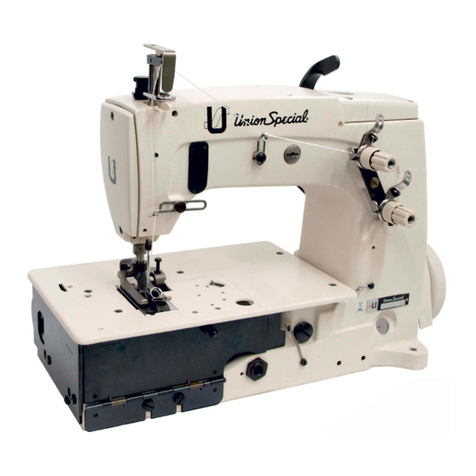
UnionSpecial
UnionSpecial Advanced 56100 Series User manual
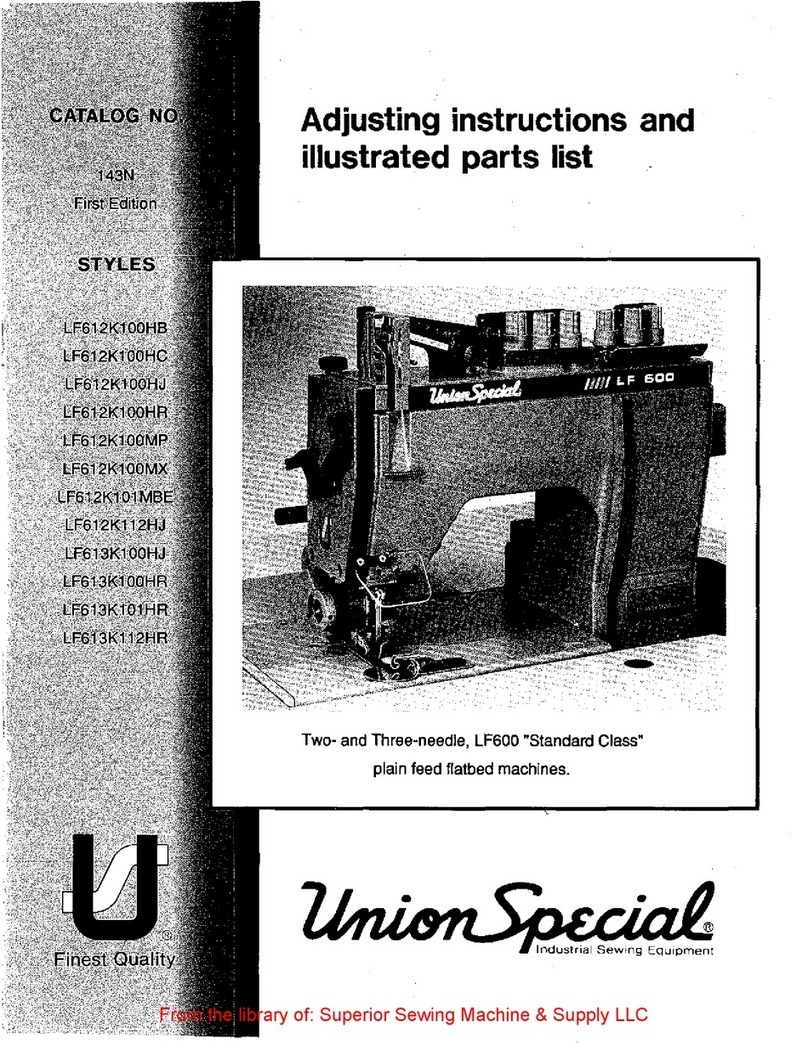
UnionSpecial
UnionSpecial LF612KlOOHB Setup guide
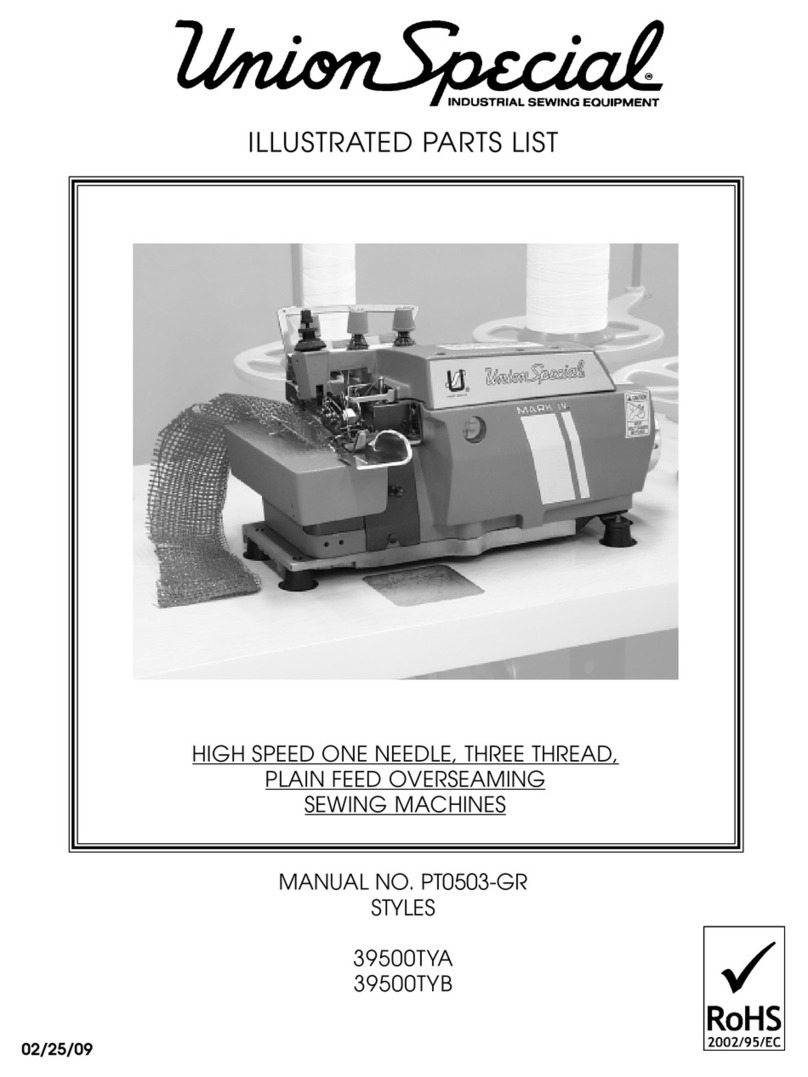
UnionSpecial
UnionSpecial 39500TYA Setup guide
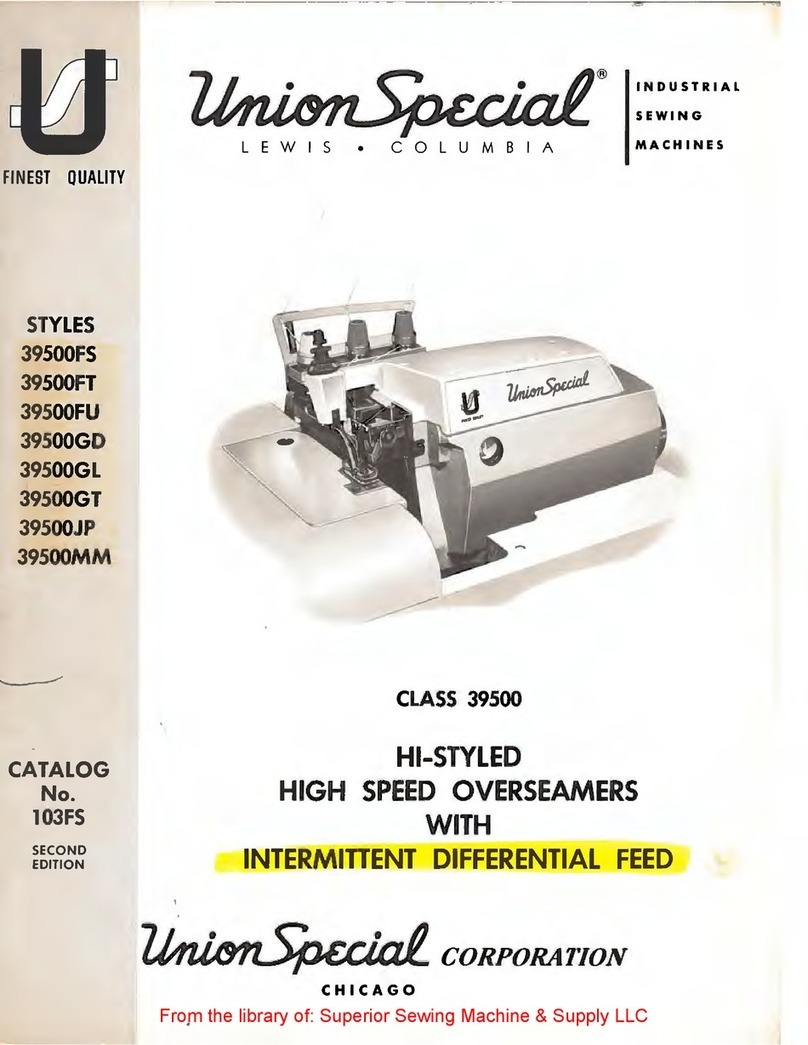
UnionSpecial
UnionSpecial 39500FS Instruction sheet
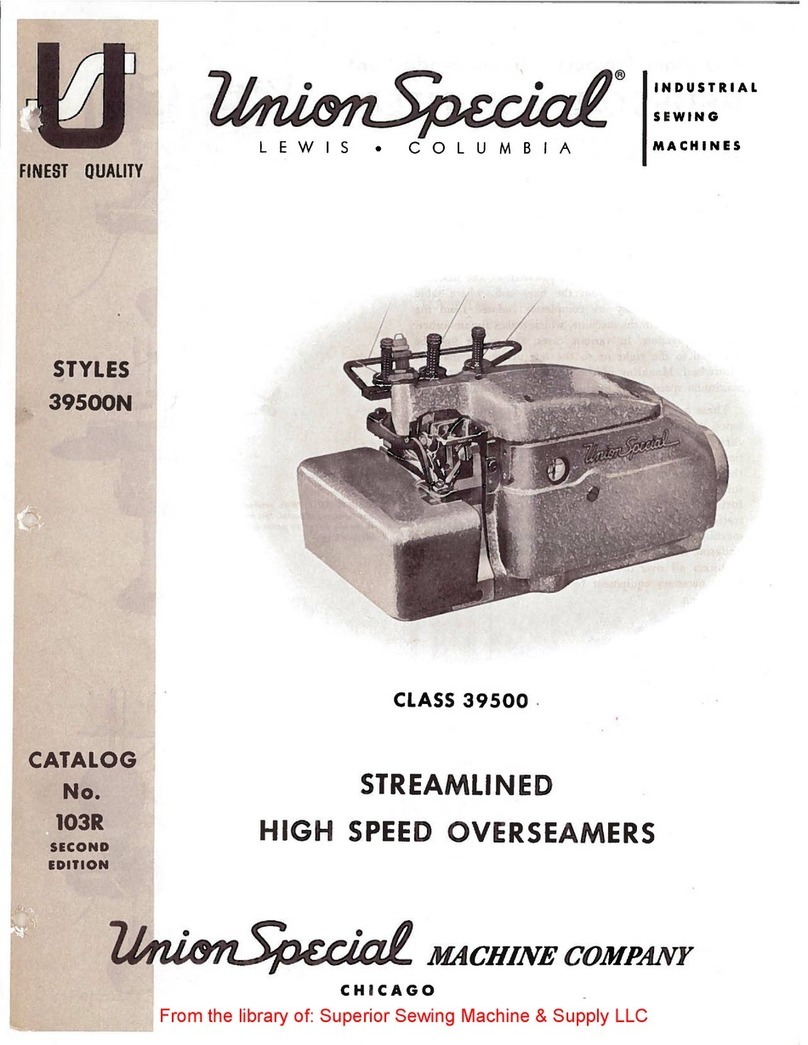
UnionSpecial
UnionSpecial 39500N Series Instruction sheet
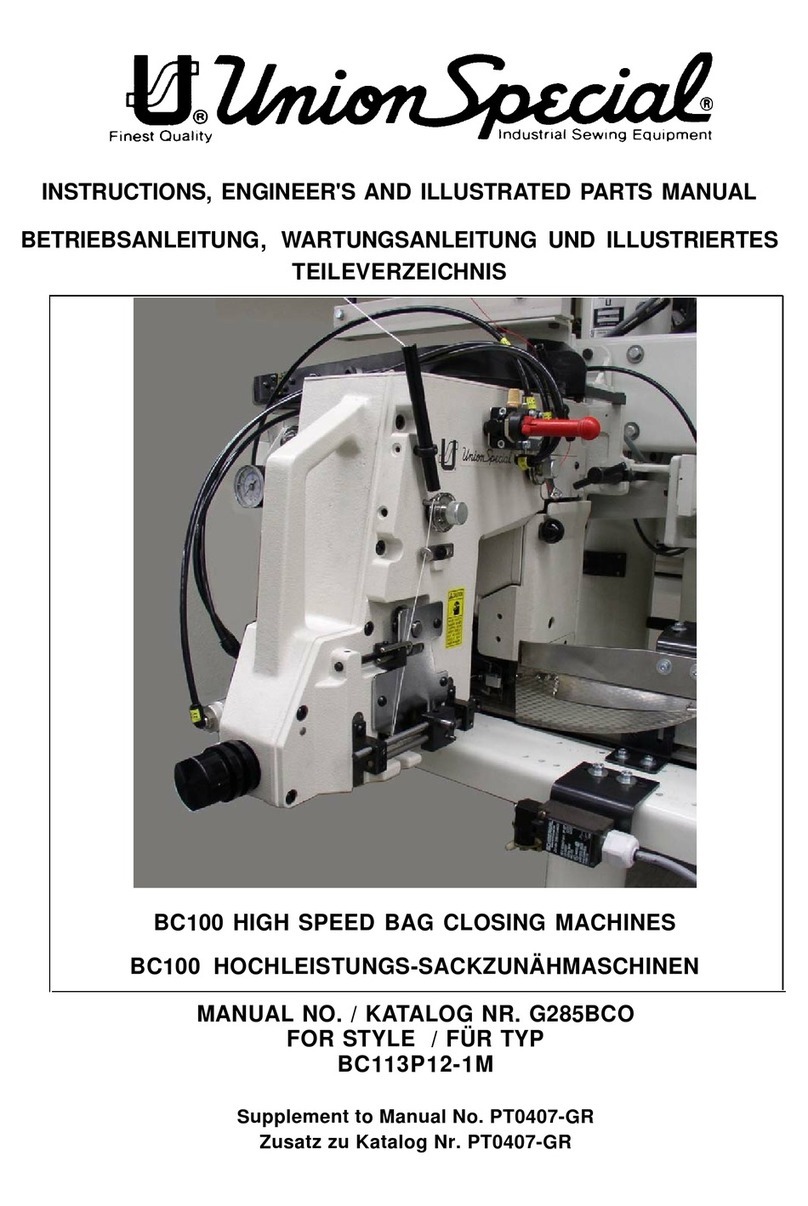
UnionSpecial
UnionSpecial BC100 Setup guide
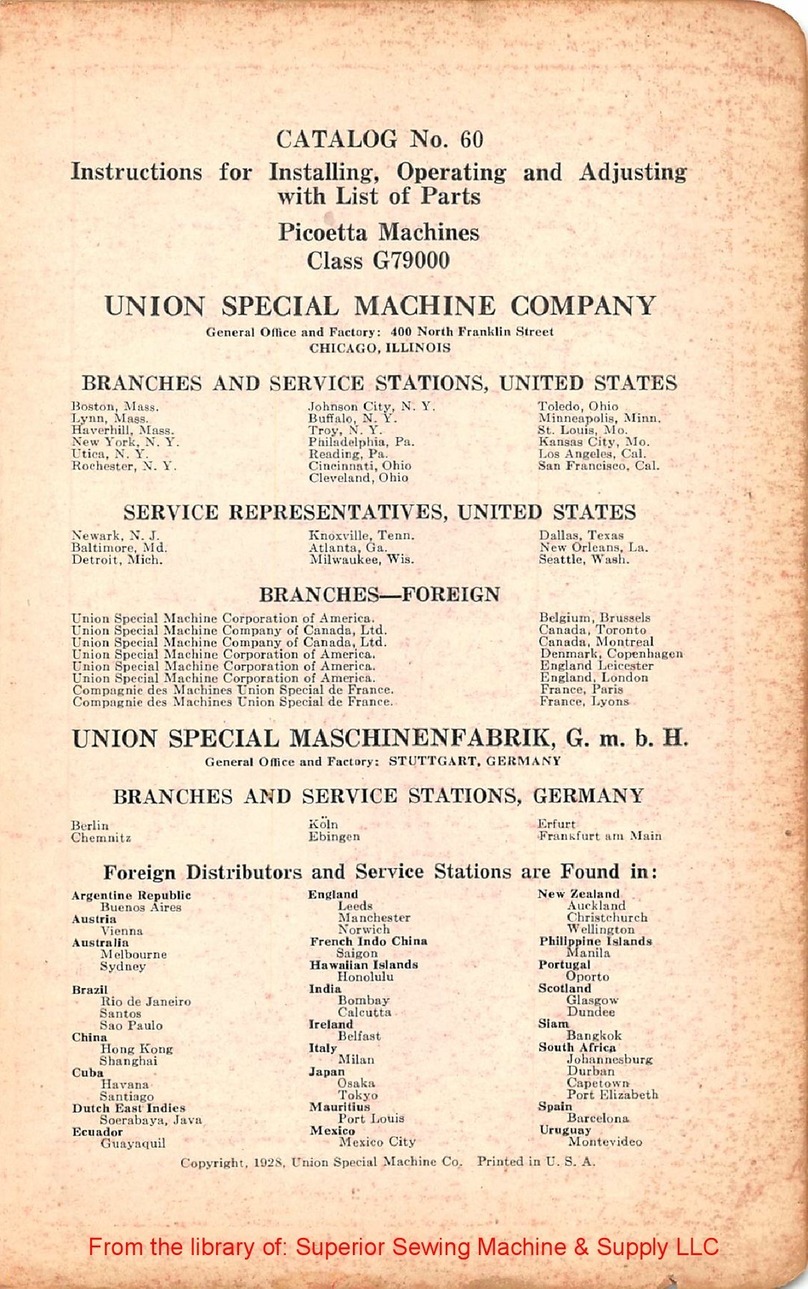
UnionSpecial
UnionSpecial Picoetta G79000 Series Instruction Manual

UnionSpecial
UnionSpecial TCP1 Original instructions
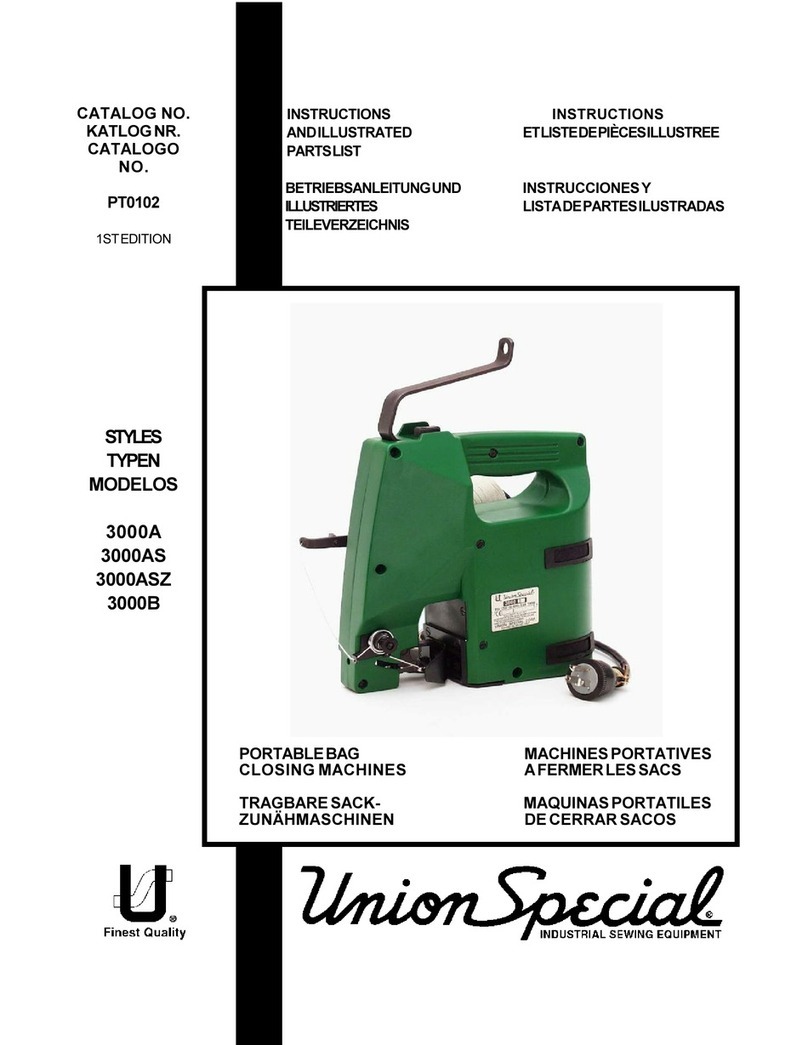
UnionSpecial
UnionSpecial 3000 Setup guide
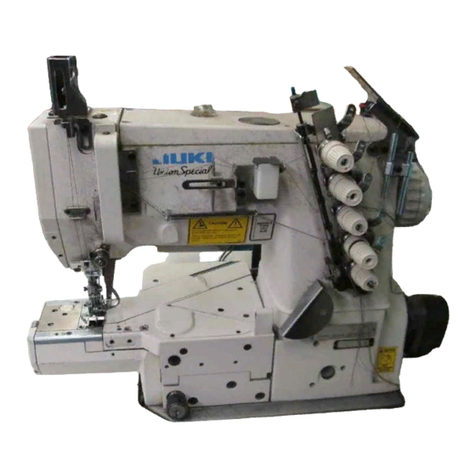
UnionSpecial
UnionSpecial CS100 series User manual
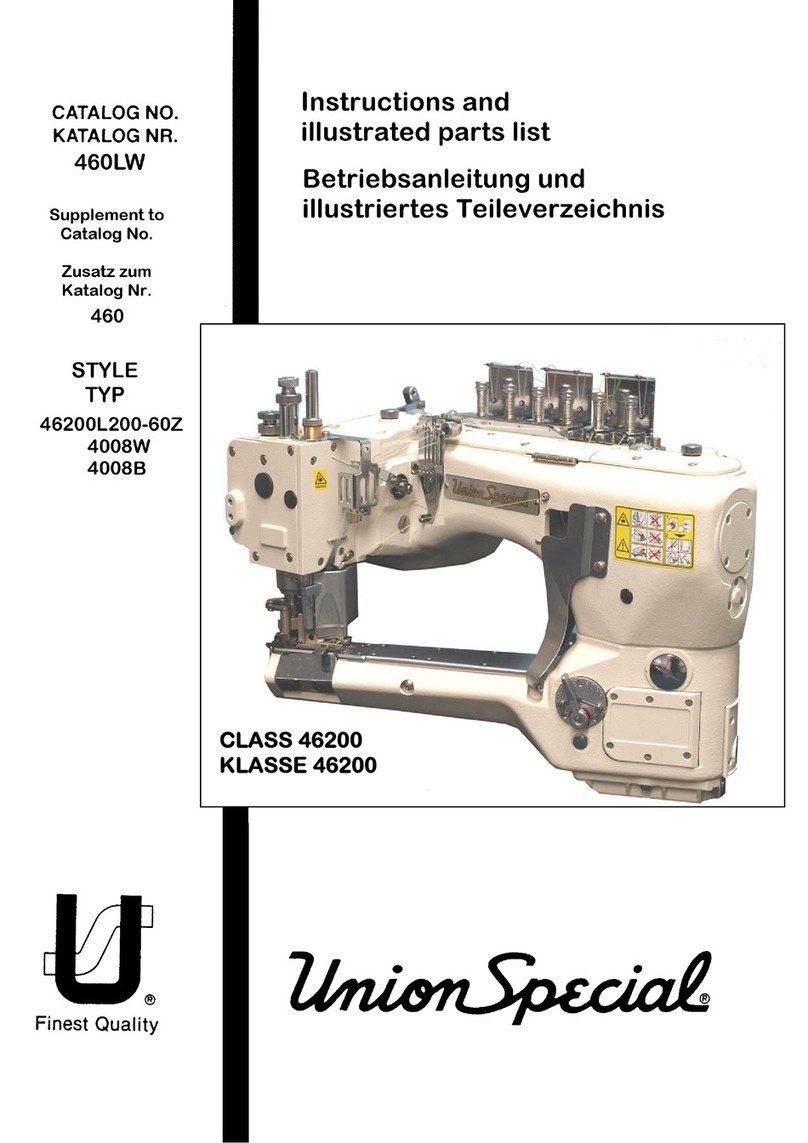
UnionSpecial
UnionSpecial 460LW Setup guide
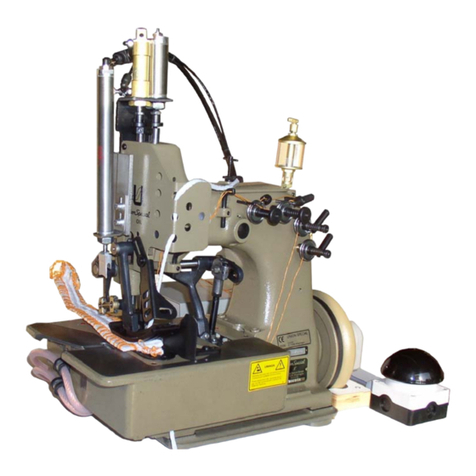
UnionSpecial
UnionSpecial 81300B1HL User manual
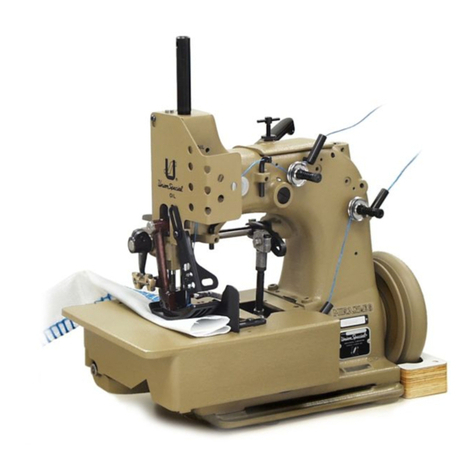
UnionSpecial
UnionSpecial 81500A Setup guide
